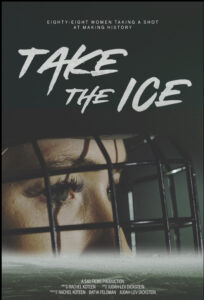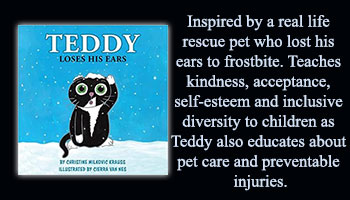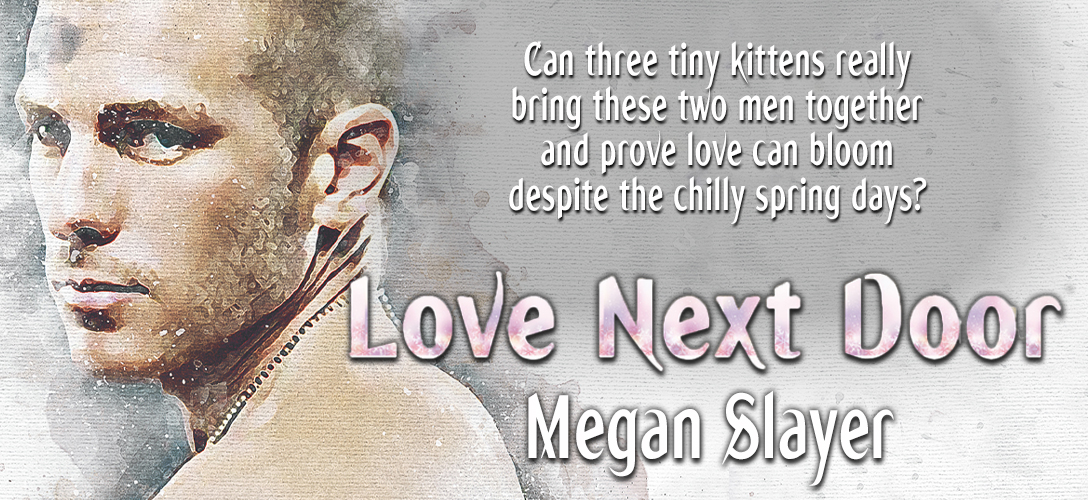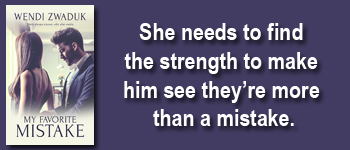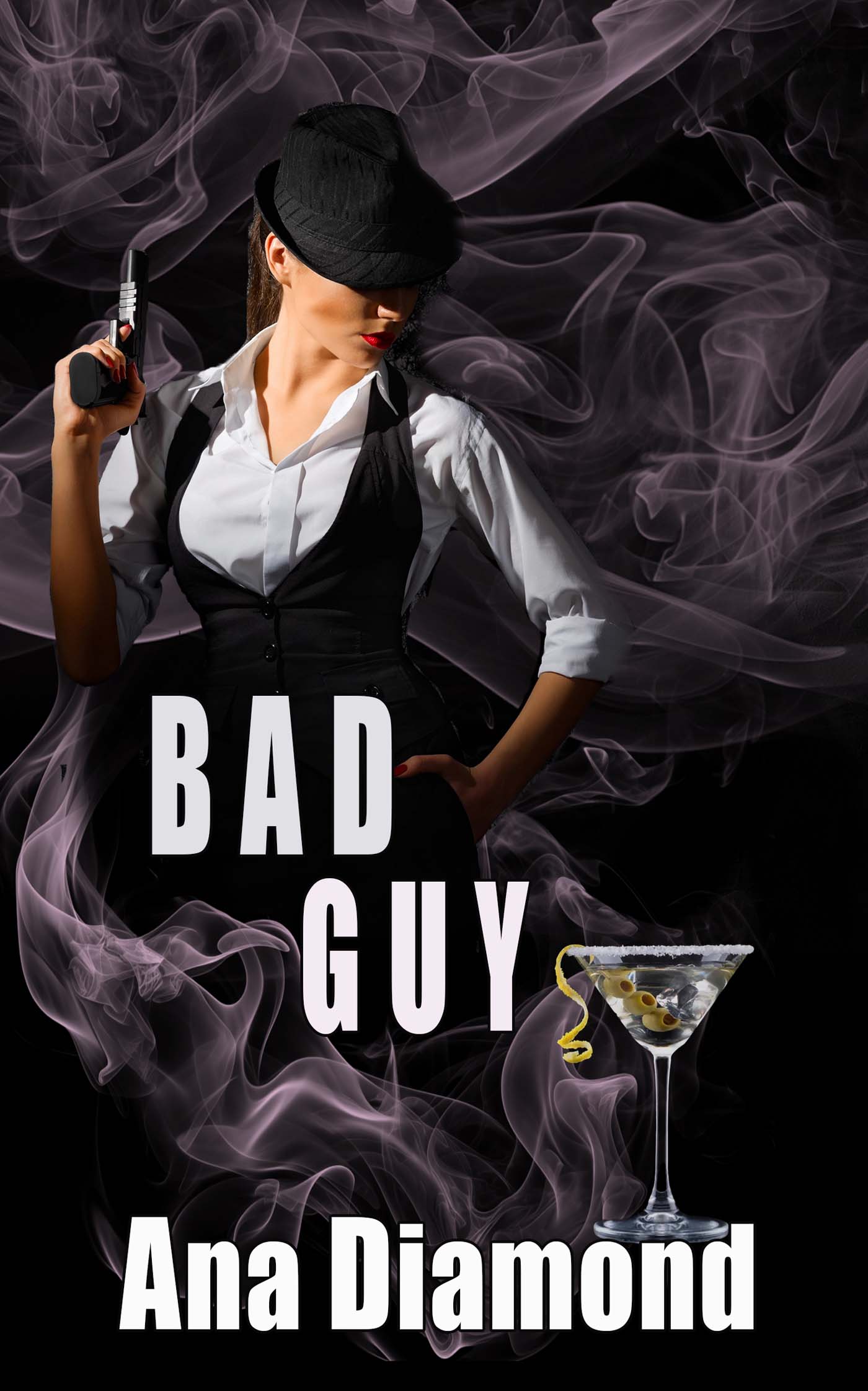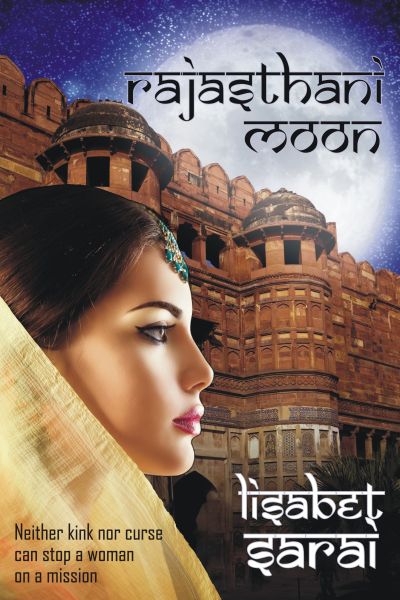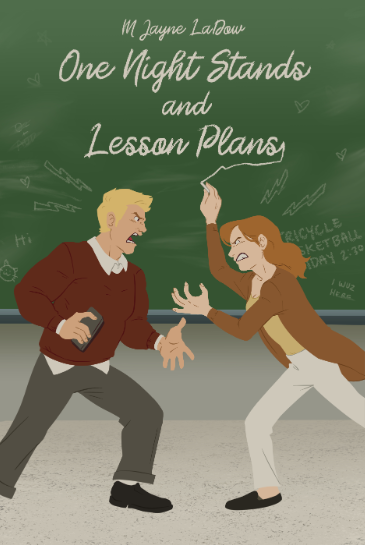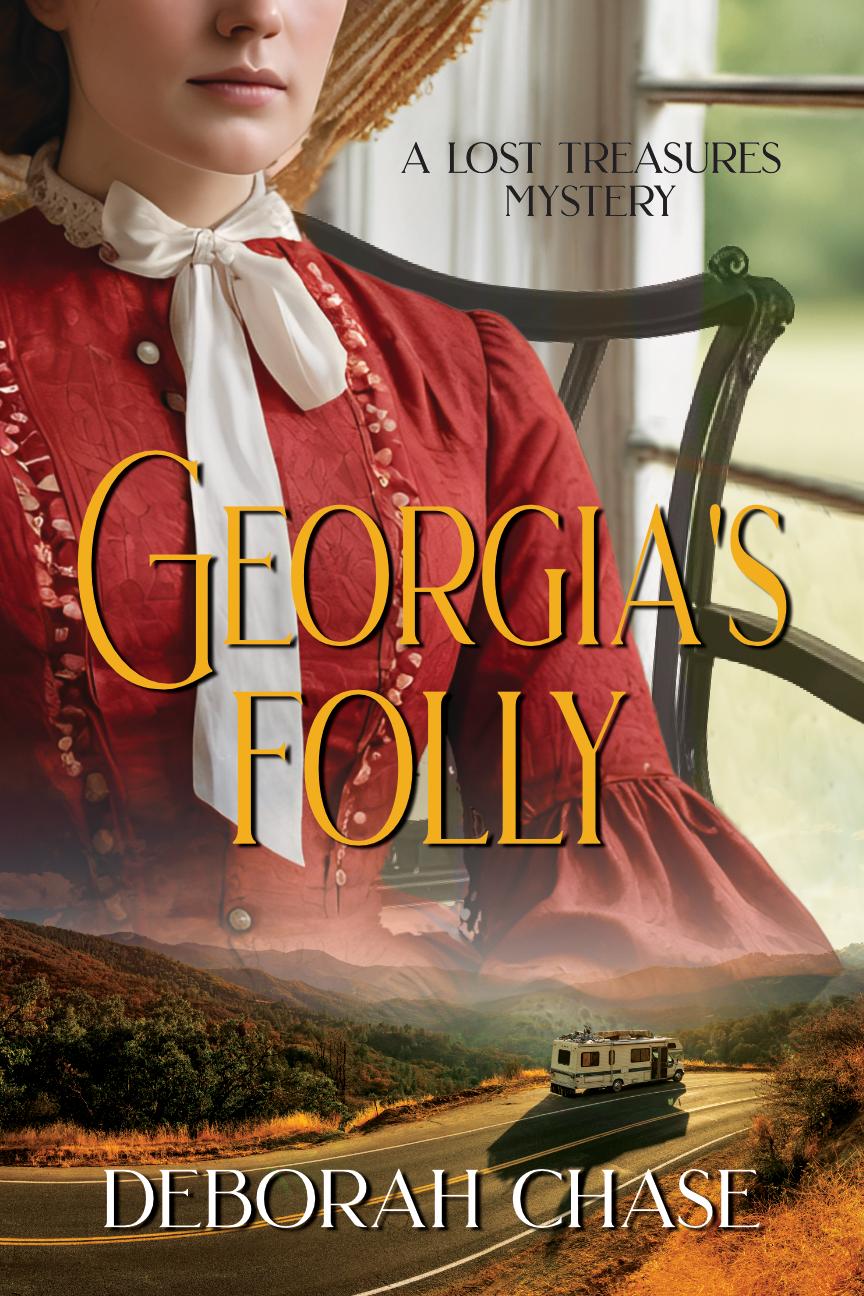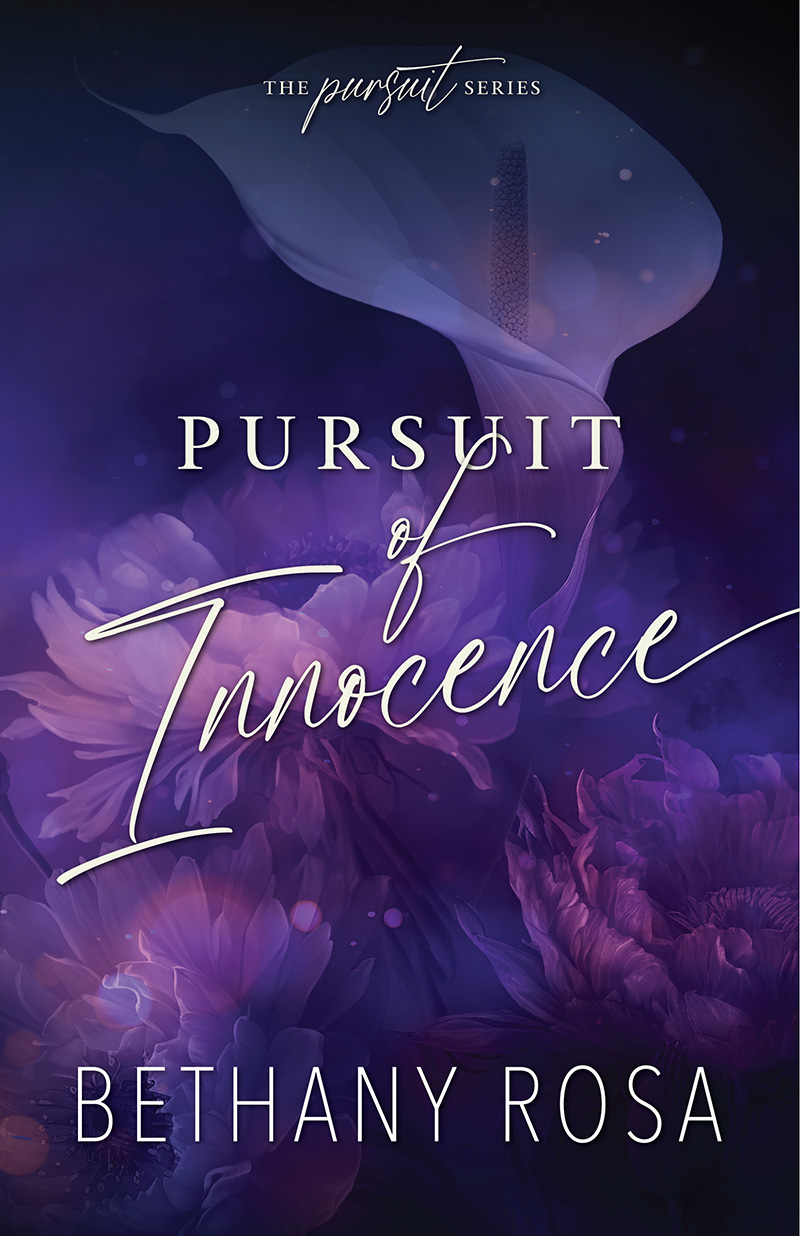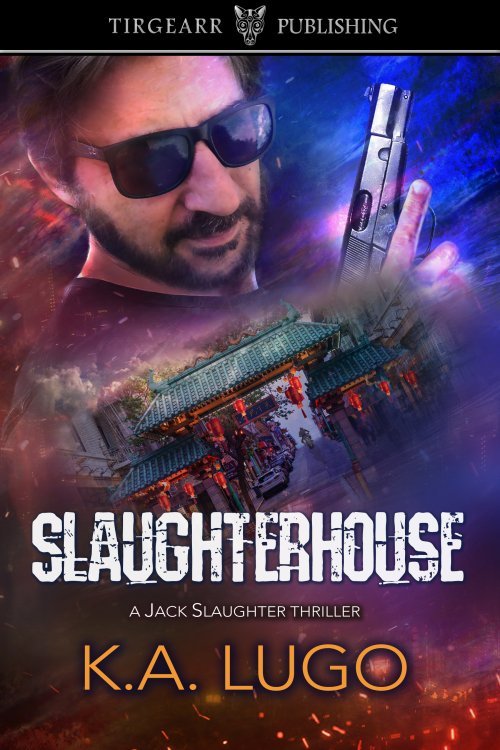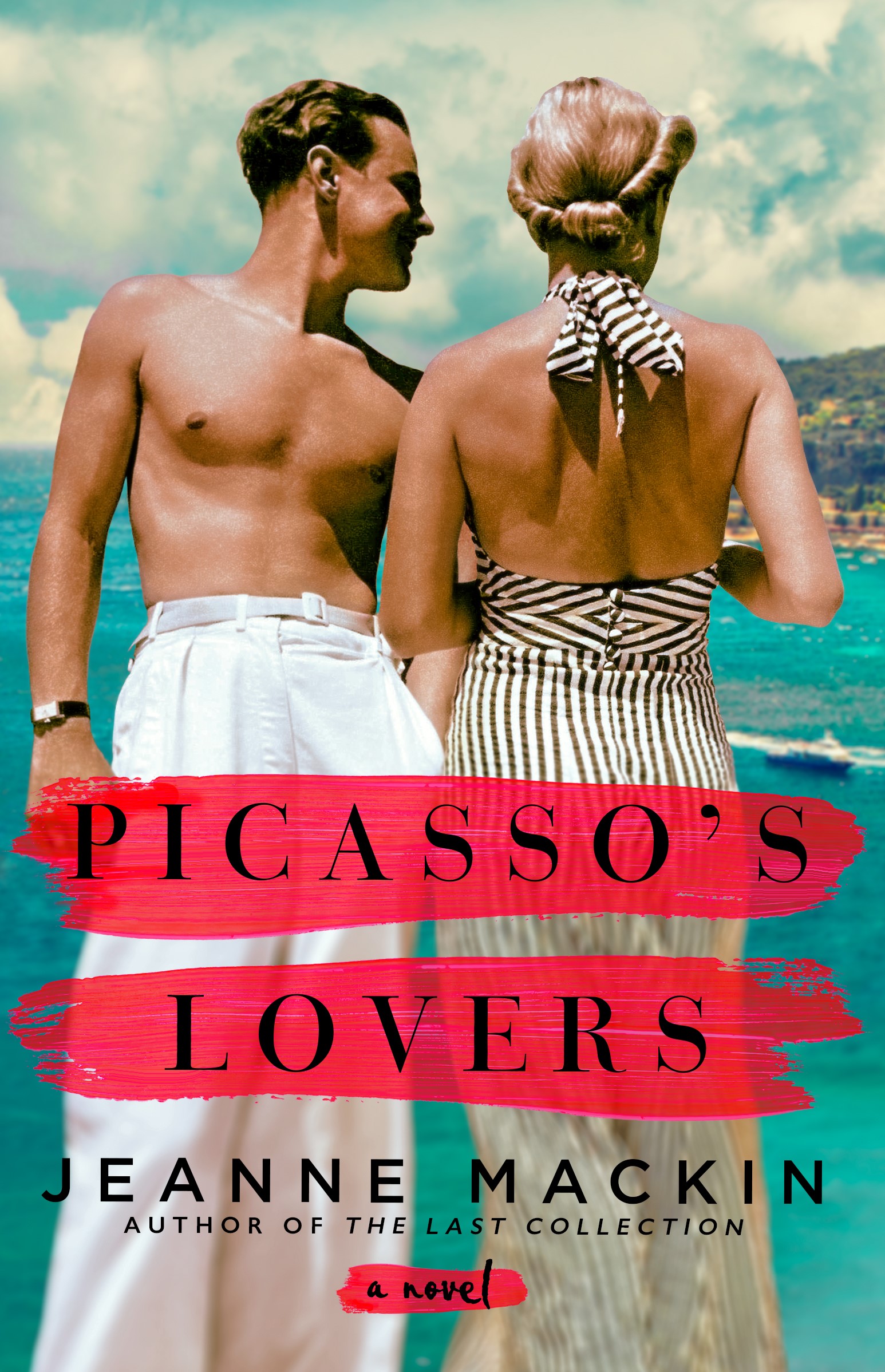Hot Potato: The story of The Wiggles by Jeff Fatt, Directed by: Sally Aitken
Publisher: Amazon MGM Studios and Screen Australia
Genre: Contemporary, Non-fiction, Documentary, Film
Rating: 5 stars
Reviewed by XeranthemumHot Potato is a backstage pass to the global phenomenon, The Wiggles. The documentary chronicles the story of three preschool teachers, Anthony, Murray and Greg, and their friend Jeff, as they triumph over the odds to become one of the most successful children’s acts of all time.
This is a film about my favorite group that had a positive influence on my kids as they were growing up. The movie explores the backstory, creation and history of The Wiggles, starring Anthony Field (blue), Murray Cook (red), Jeff Fatt (purple) and Greg Page (yellow). My kids discovered them when the group made the arrangement with the Disney Channel. Kids in Australia and New Zealand knew about them years before and it’s not a wonder that they took the rest of the world by storm. I learned so much about them while watching this documentary that it simply blew my mind. Their songs may have been simple, catchy, bouncy, and fun, but the four guys’ journey wasn’t nearly so benign, easy or without serious challenges.
My most favorite aspect of the film was the nostalgia triggered by the awesome songs I sang along to with my kids as they watched the shows and videos over and over again, Hot Potato being only one of many. The dance moves that accompanied them always made me feel that if they had an exercise video based on the songs and all the moves, I would have bought the video for myself. To this very day, I’ll break out in songs like Hot Potato, Fruit Salad, Here Comes a Bear, and the silly, Do the Monkey. Man, those were awesome times when my kids were little.
Did you know that at their highest point, they made more money than AC/DC, Hugh Jackman and many others? The Wiggles did that – all while appealing to the sense of joy, fun, and energy of toddlers, and bringing their parents along for the ride. And, what a ride it was, in that Big Red Car.
Even to this day, one of my most favorite video/movies The Wiggles made was with Steve Irwin at the Australia Zoo. At that point, I was just as much a fan of the group as my kids. The documentary showed the amazing steps Anthony, Murray, Jeff and Greg took to get to that moment in their careers. It covers the difficult times after the 9/11 attack in New York City and there were a few moments in their retelling that had me tearing up. The tone was somber, respectful, and introspective. The film also covers why Greg left The Wiggles. By the time that happened, my kids were fully immersed in their school career, and we no longer subscribed to the channel that brought The Wiggles singing and dancing into our lives. I had no idea about the seriousness of Greg’s condition, nor the challenges the group faced to find someone to step in for him. Nor did I have a clue as to what role Anthony played in The Wiggles existence as the years went on.
After I watched the documentary, I looked at some reviews. Wow – that was a revelation. The film shared some examples but that nowhere touched upon the emotional response and backlash that occurred during the many transitions The Wiggles went through. I even read one where the commenter claimed that Anthony ruined The Wiggles because of the changes and decisions he’d made over the years after two other members retired. After watching the film, I disagree with that sentiment. Anthony saved The Wiggles by keeping it going, keeping their name, music, and presence alive, not letting it fade away until the point in 2019 when they were all able to come together to do a benefit in support of the Australian people who were suffering the worst fire season in the country. Society and pop culture change frequently and what is popular one day becomes lost and forgotten the next. If not for Anthony, I don’t think the public would have responded so well and enthusiastically for a band no one remembered. Instead, according to the film clips I saw, many of the attendees were in their 20s, kids that grew up singing and dancing with The Wiggles and were now young adults, with jobs and incomes that allowed them to attend and support the cause. That joy came across the screen and brought me back in time when my kids and I had the best time singing the songs together.
Do you know what else I learned while watching this documentary? Anthony and Jeff were a part of a successful singing group called the Cockroaches. One of their songs was played during an interview with Greg and I’m thinking, “I’d listen to that!” In fact, if you pay attention, you’ll get a hint of the energy and talent that would later contribute to the success of The Wiggles. I also learned the background of Dorothy the Dinosaur. I had no hint how important that character ended up being to their success. I even laughed when I heard how Captain Feathersword came about. Little by little I was seeing how The Wiggles I knew came to be. It was so cool!
Another adorable thing I enjoyed while watching the film were the film clips. Parents must have submitted them to the group. They showed their toddlers reacting and interacting with The Wiggles on television and generally having a great time singing, learning and laughing. There is power in laughter and in music.
Hot Potato: The story of The Wiggles was one of the most enjoyable documentaries I’ve ever watched. How the group came to be such a success was fascinating to watch. To think, if not for two of them being teachers, and their passion and joy for teaching, which I believe contributed to the focus of singing songs for preschoolers, I don’t think The Wiggles could have come to be. Learning how Anthony, Jeff, Greg and Murray came together to create a singing group that touched generations starting with the littlest of fans, was a sheer joy to experience. I am awfully glad I discovered this film. I highly recommend this documentary for all those who were parents at the time who repeatedly watched the videos and sang the songs with their kids. I think it would be great for those littlest fans, now grown up, to learn more about the men and characters that enriched their childhood. It’s fascinating, entertaining and eye opening. This film made me appreciate The Wiggles all the more.
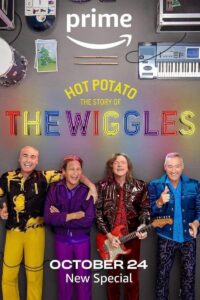
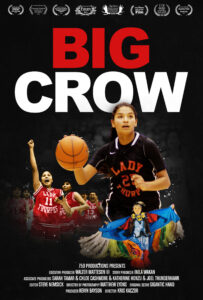 Big Crow
Big Crow